Deconstructivism, a late 20th century philosophical movement, refers to a semiotic analysis developed in France and started by Jacques Derrida.
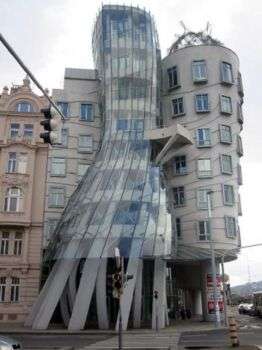
Image source: https://search.creativecommons.org/photos/9f46b56c-dcda-4fb6-a4dd-afb7ad3a9381 by budgetplaces.com
Deconstructivism Architecture
Deconstructivism is a movement based on the visual fragmentation of the building with total absence of harmony, continuity, or symmetry. The movement changes or divides the structure’s surface skin creating shapes that appear distorted and dislocated. Additionally, the finished visual appearance is featured with controlled chaos.
Deconstructivism began during 1982 Parc de la Villette architectural design competition. Bernard Tschumi believed that Deconstructivism was a reaction to Post-Modernism. Another influential exhibition happened at the 1989 opening of the Wexner Center for the Arts created by Peter Eisenman.
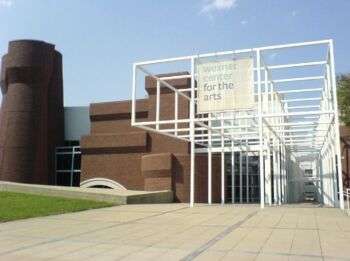
Image source: https://search.creativecommons.org/photos/d50b459a-0743-4f7b-a409-69dc473bdba7 by TijsB
Frank Gehry is a Canadian American architect and designer famous for his bold architectural structures and innovative shapes. What’s more, is Gehry’s designs goes beyond the ordinary building. Notably, his most famous structures include the Vitra Furniture Museum and Factory, the Dancing House in Prague and the American Center in Paris.
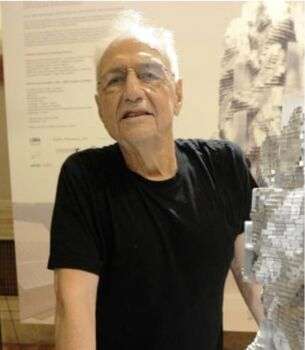
Image source: https://en.wikipedia.org/wiki/Frank_Gehry#/media/File:Frank_O._Gehry_-_Parc_des_Ateliers_(cropped).jpg
Guggenheim Museum Bilbao is one of Gehry’s most famous architectural works. The structure itself is a masterpiece, and visitors can walk all the way around the museum to see how the building appears to change form.
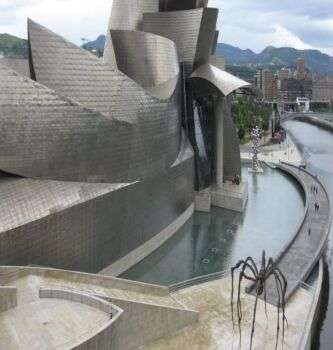
Image source: https://search.creativecommons.org/photos/b6d9223a-e40c-4fee-89d1-c7d4f9ea1cdf by Arch_Sam
Peter Eisenman is one of architecture’s most important theorists of recent years. He has also professed a disinterest in many of the more pragmatic troubles that other architects engage in. In addition, his most critical projects are House VI, the Memorial to the Murdered Jews of Europe and the City of Culture of Galicia.
House VI, or the Frank Residence, features disorientation and is anything but a conventional house. Located on a flat site in Connecticut House VI lies on the ground as a sculpture for its surroundings. Moreover, the design is the result of a conceptual process that started with a grid. Eisenman used the grid, so the house had four sections, and he completed the building as a “record of the design process.”

Image source: https://www.archdaily.com/63267/ad-classics-house-vi-peter-eisenman
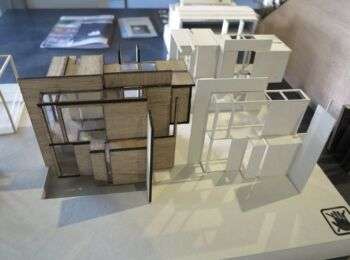
Image source: https://search.creativecommons.org/photos/278e3b07-3c68-447a-bbdb-8179d80efa2d
Deconstructivism in Furniture Design
Deconstructionism is not a new movement, and it is different in furniture design. Since pieces look raw and completely unfinished, the acceptance of deconstructionism furniture is disputed in the art world.
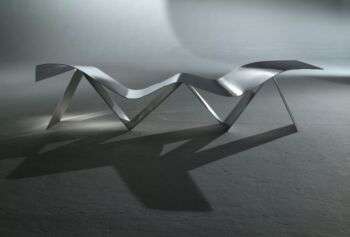
Image source: https://www.architectsjournal.co.uk/archive/frank-gehry-bench-to-be-unveiled-in-milan
